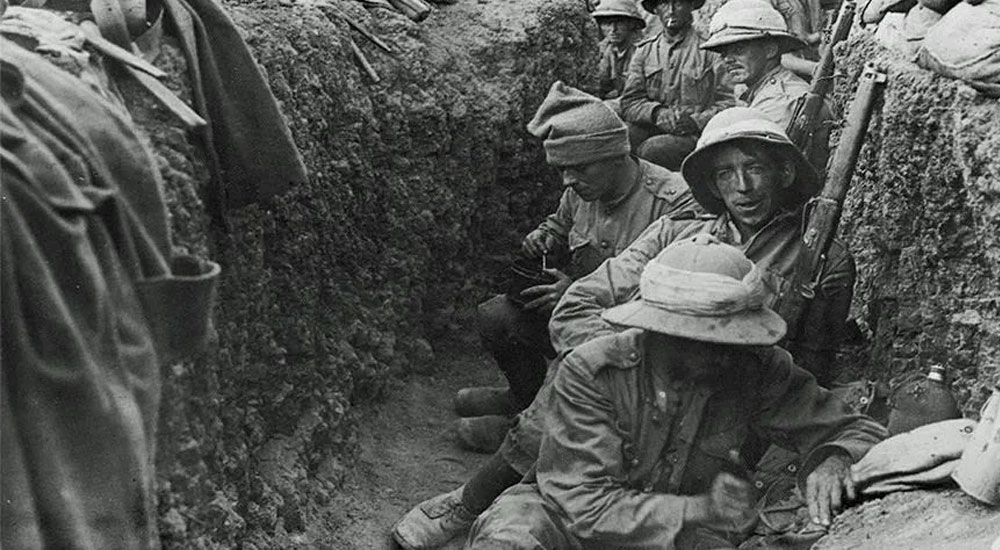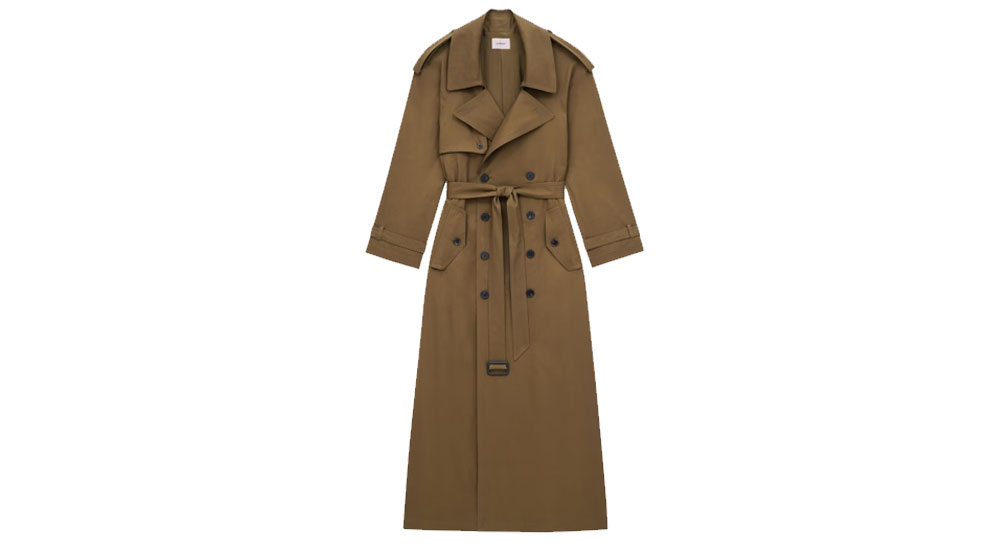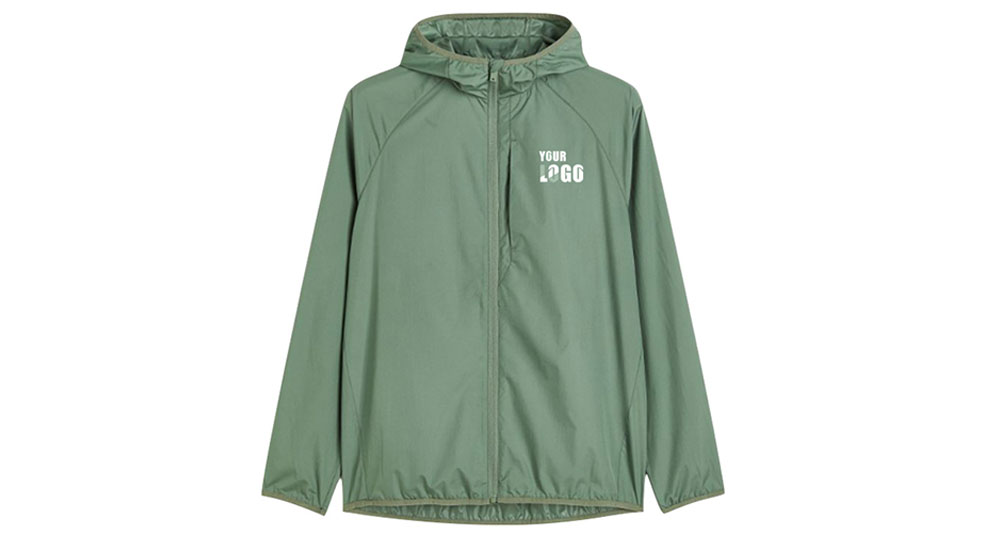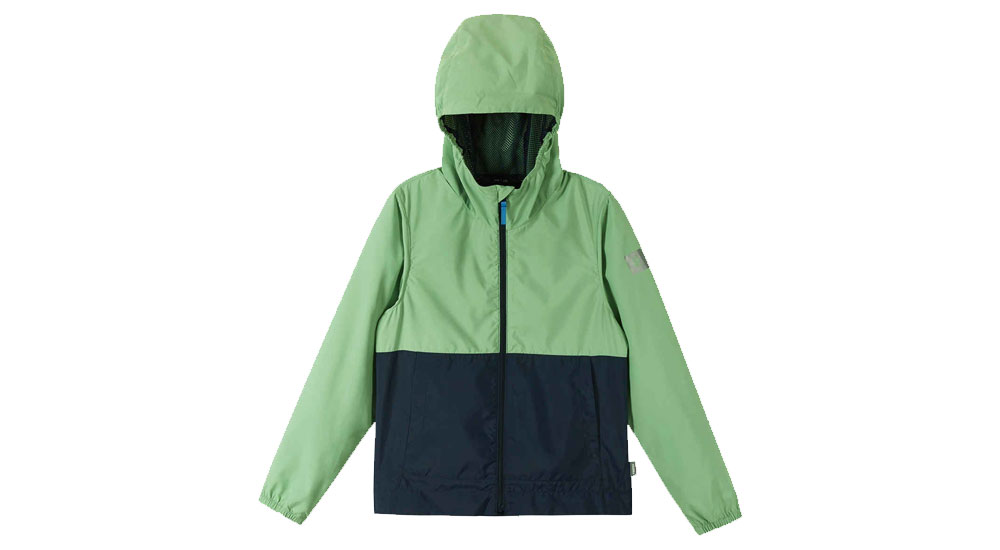
The birth of the trench coat is deeply imprinted on the smoke of World War I. In 1914, British soldiers in the muddy and freezing trenches of the Western Front were first issued a revolutionary waterproof outerwear. Made of gabardine fabric, this military uniform, with its exceptional practicality, completely replaced the bulky (weighing up to 4 kg), stuffy, and brittle traditional rubber raincoats. This fabric, improved and patented by Thomas Burberry, lies at the heart of its unique 45-degree twill weave. Made from worsted Egyptian cotton yarn (later also wool and synthetic fibers), it is impregnated with paraffin or a hydrophobic agent. The high-density weave allows rainwater to roll off the surface, while the micro-pores created by the twill structure ensure excellent breathability. This "waterproof yet breathable" combination was revolutionary at the time.
Double-breasted and Deep Slits:Ensures ease of movement and windproofing while riding and moving.
Epaulettes:Originally used to secure binoculars, rank insignia, or backpack straps.
D-Rings: Designed for hanging map bags, grenades, or other equipment.
Gun Flap:An additional layer of fabric on the right shoulder that cushions rifle recoil and diverts rain.
Storm Shield:Provides enhanced back protection from wind and rain.

Traditionalists:Adhering to the natural texture of Egyptian cotton, high-end luxury brands like Japanese brands HUIS and TIPICO develop Super 200 fabrics, boasting yarns as fine as 11 microns, comparable to premium shirting fabrics.
Technologists:Utilizing cutting-edge material science, they pursue a balance between ultimate protection and lightweight comfort. Representative fabrics like Gore-Tex, ePTFE (expanded polytetrafluoroethylene), or PU laminates are benchmarks. Their micropores are so small that liquid water (raindrops) cannot penetrate them, yet allow water vapor (perspiration) to escape, achieving true "waterproof and breathable" performance. Indicators such as hydrostatic pressure (e.g., 10,000mm+) measure waterproofing, and air permeability (e.g., 15,000g/m²/24hr+) measure moisture wicking.
Eco-Friendly:The environmental movement has given rise to the third generation of sustainable fabrics. An Italian fabric manufacturer has developed a seaweed fiber blend that reduces carbon emissions by 65% compared to traditional processes. ECONYL® yarn, made from recycled PET plastic bottles and processed through a special process, is 40% more abrasion-resistant than conventional nylon. These innovations are rewriting the ethical standards of raw materials in the luxury goods industry.

1.Nylon-cotton:Made by interweaving nylon yarn and trench yarn on an air-jet loom, it's ideal for both casual and fashionable clothing.
2. Nylon: A variant of the polyamide fiber "nylon," which can be made into either long or short staple fibers.
3. Cotton: Cloth woven from cotton yarn. A general term for all types of cotton textiles. It's commonly used in fashion, casual wear, underwear, and shirts. Its advantages include warmth retention, a soft, close-fitting feel, excellent moisture absorption, and excellent breathability.

Woolen windbreaker:Woollen trench coats have become a popular style in recent years. Their softness and stretchiness combine style with warmth, allowing women to showcase their figures while enjoying warmth in the fall.
Ice Cotton windbreaker:The Ice Cotton Trench Coat is a recent release. It's light and airy, unlike typical cotton trench coats, and its combination of chiffon flow and trench coat functionality has made it one of the hottest trench coat styles of recent years!
Leather Trench Coat:Which trench coat offers the best wind protection? Of course, leather trench coats, with their sleek finish, are the best. This year, they've undergone a series of subtle refinements, making them even more versatile and fashionable. Leather trench coats not only keep out the wind and rain, but also make you the center of attention.
Cotton windbreaker:Cotton trench coats are a popular style, primarily due to their excellent insulation.
High Quality Outdoor Clothing Manufacturer
Guide to Outdoor Hiking Clothing
How to Choose a Softshell Jacket Manufacturer for Men
The Difference Between Hardshell And Softshell Jackets
What fabric is suitable for making windbreaker?
What is a windbreaker and its characteristics